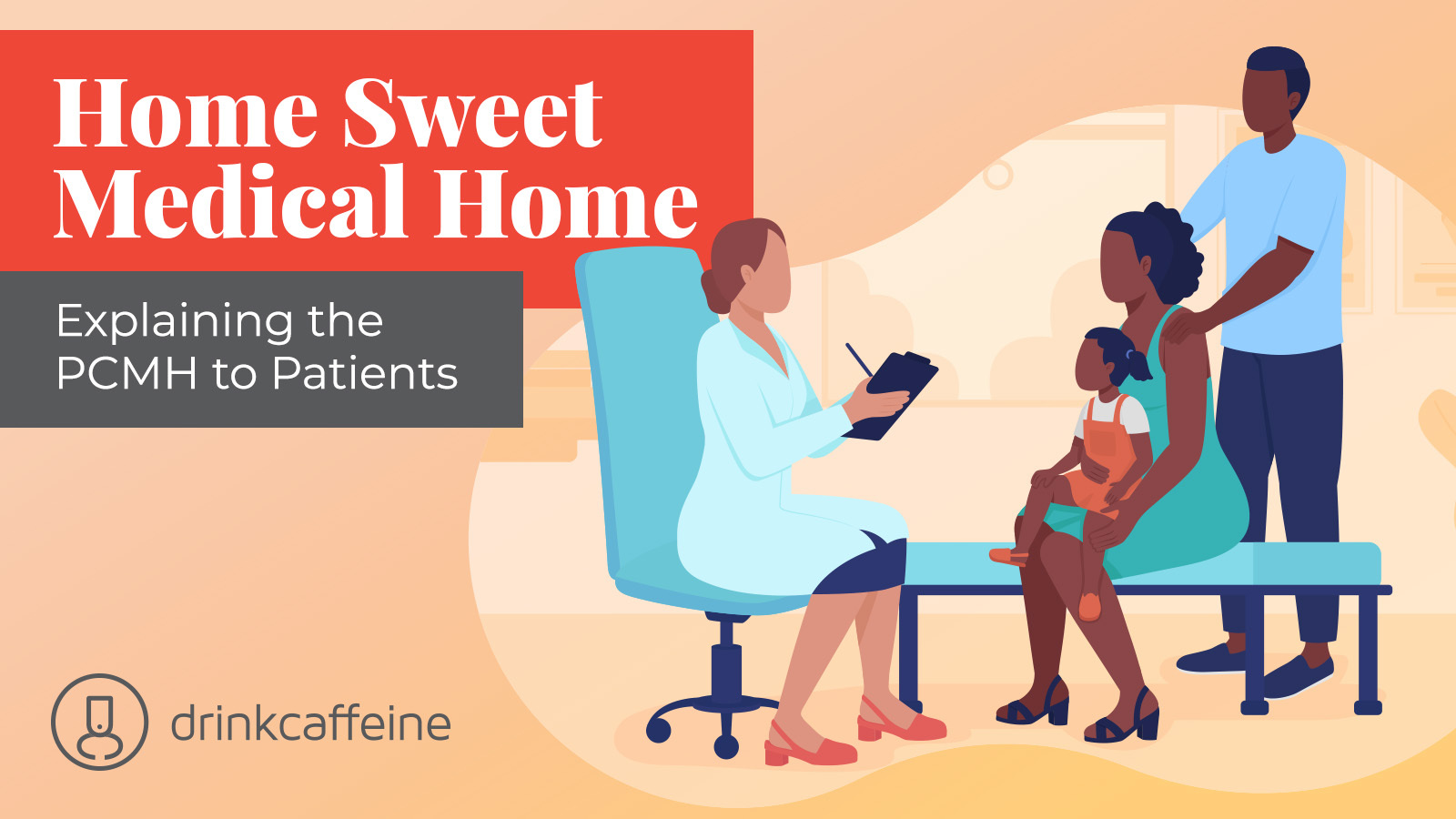Most FQHC decision-makers agree that the Patient Centered Medical Home (PCMH) model is a good idea.
No one can argue with its goals: Responsive, high-quality, cost-effective primary care that’s focused on the whole person. Coordinated and culturally aware. Lifelong in scope. Driven by data and accountability, with strong patient-provider relationships at its core.
And PCMH data from the NCQA indicates PCMHs save money, reduce utilization, help address SDoHs, and improve outcomes. {It’s worth noting that the NCQA is an accrediting body for PCMH recognition}
The question few have asked or answered is: How should the PCMH be explained to patients?
1. Start with the Basics
Marci Nielsen, former CEO of the Patient-Centered Primary Care Collaborative in Washington, D.C., acknowledged in a 2015 Medical Economics interview that “we have a fair amount of work to do because patients are still unfamiliar with the term ‘medical home.’”
She’s right. Patients are consumers and they are wary of long-term commitments and “lifetime subscriptions.” Language barriers can further misunderstandings about expectations.
This is why the Patient Centered Medical Home model should be presented as a place where you will always be welcomed and cared for. Your name and personal history will be known and you’ll be treated like a person who belongs. The “Medical home” model should be about personal health security.
2. Share the Specifics
Since patients are consumers, they will want to know what they get with the PCMH beyond personal health security. This is when you should lead with features such as:
- Same-day appointments
- After hours coverage
- Team care coordination
- EMR access
- HIPAA compliance
For example, this Chicago-based community health center network presents a laundry list of the benefits of the PCMH model to the patient. It’s not sexy but it is specific and convincing.
3. Introduce FQHC expectations
Like any “home,” patients should understand that there are rules for its occupants
Living under the protection of its roof means working for the privilege – being health conscious, keeping appointments, sticking to treatment plans, eating right and exercising – in order to earn the unconditional care you receive there.
The larger idea here is to establish the concept of patient health as a shared responsibility
If the PCMH model places the patient in the “center,” then the patient should be expected to step up and perform self-care at a higher level. And patient engagement is what we all want.
4. Connect the PCMH with the idea of “optimal health”
Patients should be told that the ultimate benefit of the PCMH is a long-term partnership between the individual and a team of providers, resulting in a lifetime of optimal health.
If patients buy into this, the PCMH can be a driving force behind healthcare reform.
When you’re ready to use data and evidence-based practices to solve healthcare communications problems, contact us.


